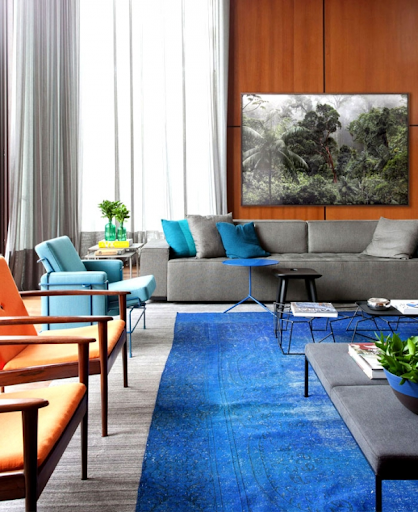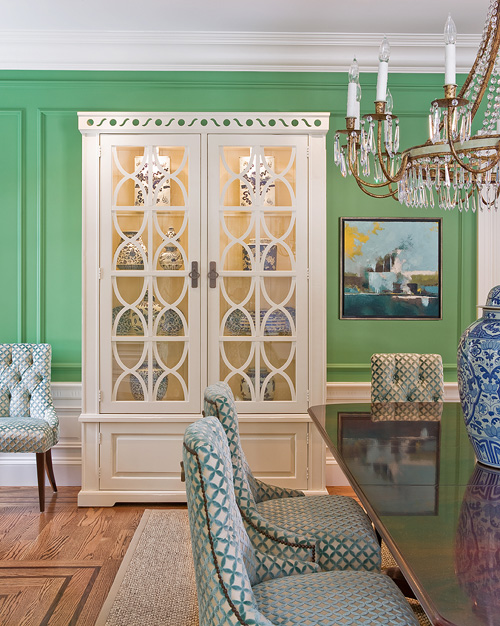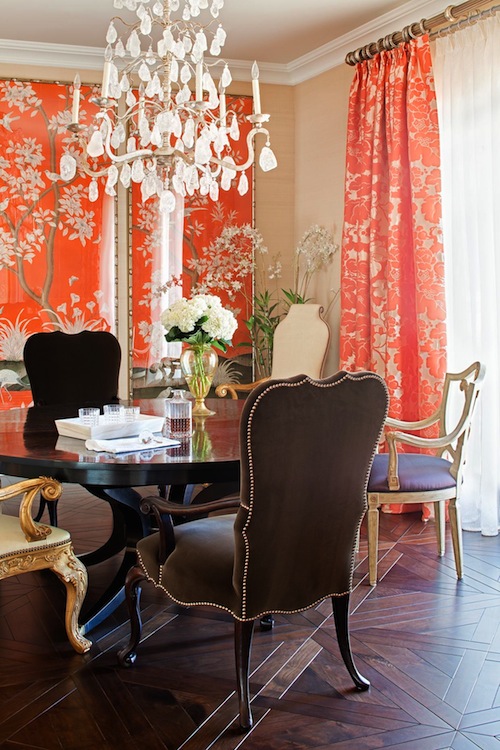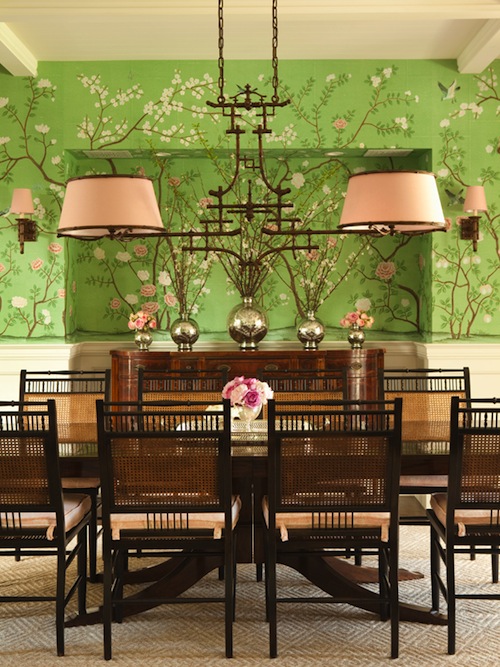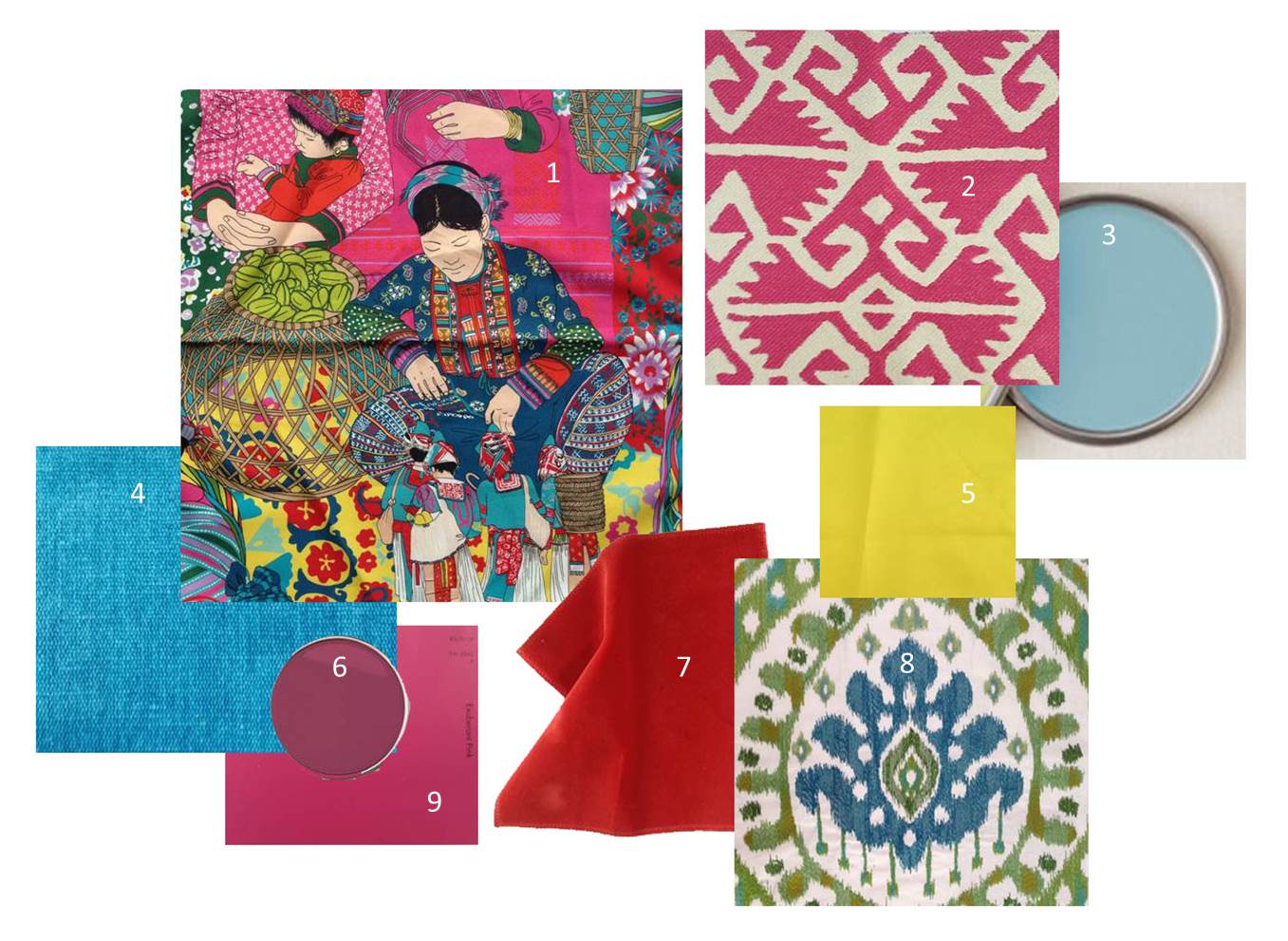If your interior decorating sensibilities are marked by the use of modern and minimalist things, you are unwittingly a follower of the contemporary style. While many consider this style to be cold and lacking warmth, modern homes with contemporary interiors are anything but that. They are warm and welcoming without being too stuffy and dingy. Defined by a sense of subtlety, simplicity, and elegance, this style focuses on the space rather than the things in it.
Here are some intrinsic elements that lend a space the contemporary touch:
1. Clever use of color
Contemporary style interiors are bathed in muted neutrals, along with black and white. They make use of a sophisticated color palette to create a space with a dynamic atmosphere. Bold. Vibrant colors are used to punctuate the neutral tone for a touch of freshness.
2. Blend of textures and materials
The ambiance of space is largely influenced by the textures. Contemporary home designers gravitate towards mixing different textures and materials to keep the space from looking too monotonous. For instance, elements like furniture pieces with a live edge can be matched with neutral-toned upholstery to make space look minimal yet warm.
3. Simple shapes and crisp lines
Some contemporary interiors call for angular, geometric shapes while some are more suited for soft and curvy shapes. However, when it comes to lines, they should be strong and crisp. High ceilings, big, bare windows and the use of bold color blocks are ways in which strong lines are achieved in contemporary spaces
4. The juxtaposition of industrial and natural elements
In contemporary interiors, it is not completely unusual to see the use of an assortment of elements, such as metal pipes paired with polished wood. Even though the tough industrial decor of the past few seasons has given way to softer styles, blending the two is a great way to add some interest to space.
5. Open designs
If you want to create a sense of openness and spaciousness in your house, the contemporary style is your best friend. Large, open spaces that seamlessly flow from one room to another come together to create a homogeneous whole. The use of large windows adds to that aura by bringing in plenty of natural light, which eliminates the need for artificial lighting during the day.
When making interior design choices, it is ultimately your personality and aesthetic sensibilities that should matter. Sure, that can seem difficult when you are not sure what you want. We, at Avanzato Designs, can help you find your style. We are a luxury interior designer in South Florida. Contact us to set up a consultation session !

